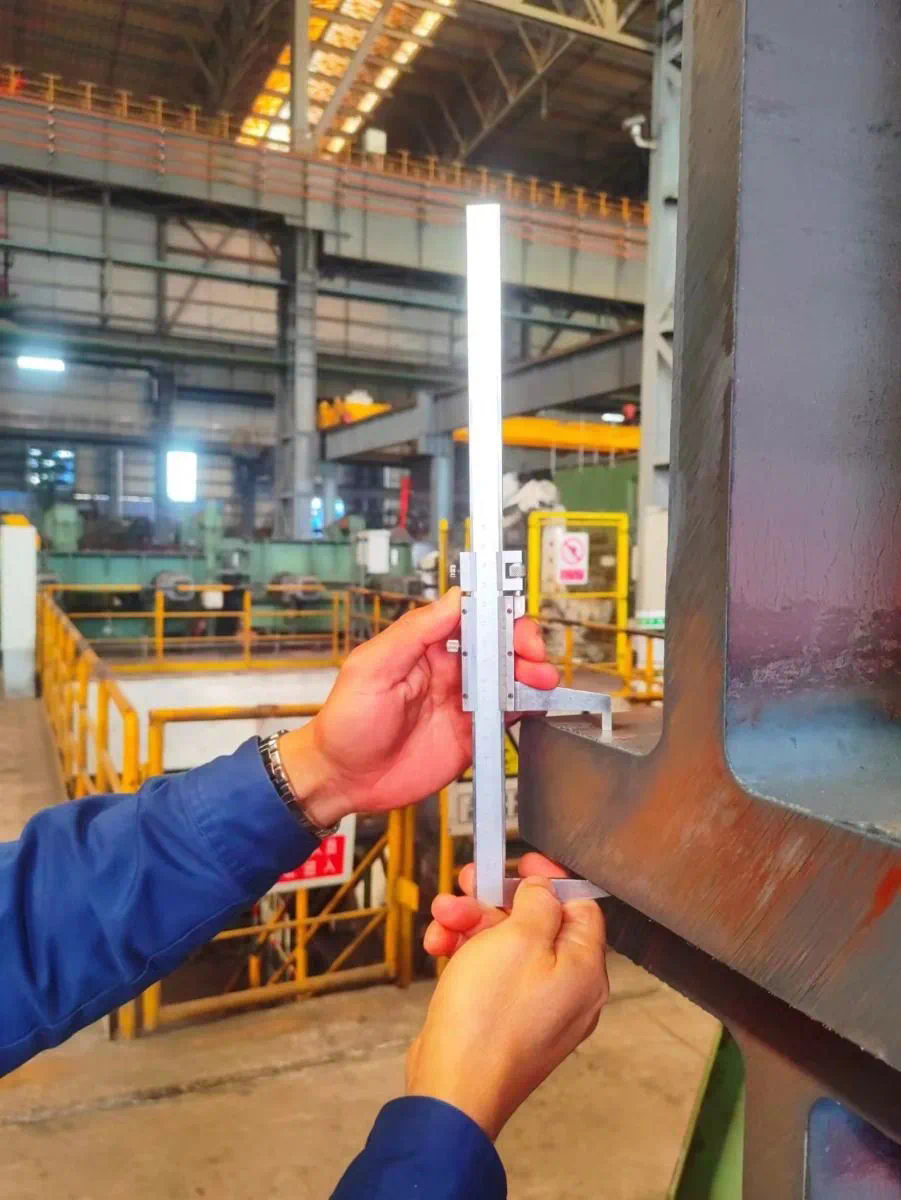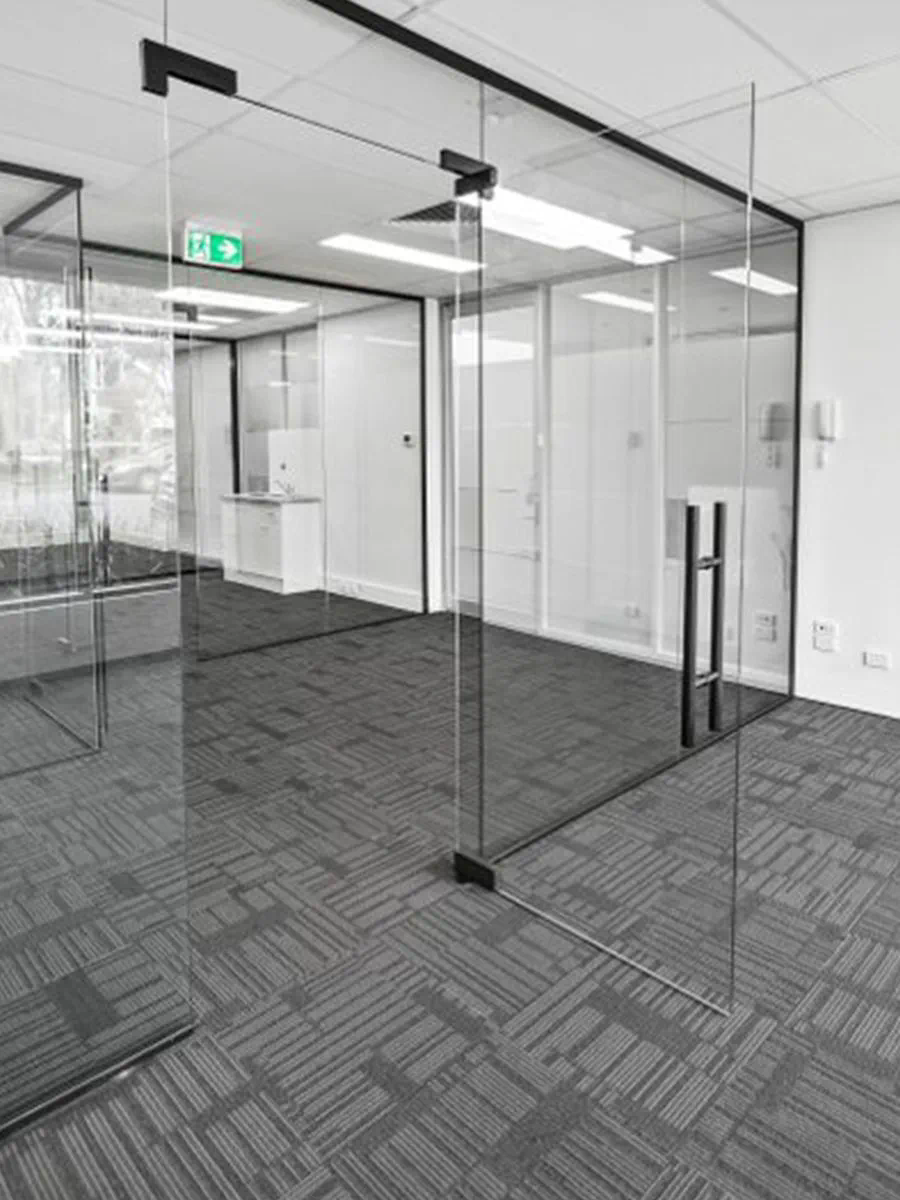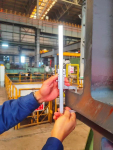Material selection is a critical aspect of manufacturing processes, particularly in industries where performance and efficiency are paramount. In the context of graphite condenser manufacturing, choosing the appropriate materials is essential to ensure optimal functionality, durability, and cost-effectiveness. This article delves into the intricacies of material selection for graphite condensers, exploring various factors that influence the decision-making process.
The use of graphite in condensers has gained prominence due to its unique properties, including high thermal conductivity, chemical resistance, and low thermal expansion. These characteristics make graphite an ideal candidate for applications where heat exchange is vital. The manufacturing process also requires careful consideration of the specific type of graphite, resin, and other composite materials used.
Understanding Graphite Properties
Graphite is a form of carbon that exhibits excellent thermal and electrical conductivity. Its structure, consisting of layers of graphene, allows for efficient heat transfer while maintaining structural integrity under high temperatures. Additionally, graphite’s resistance to corrosion and oxidation makes it suitable for handling various fluids and gases encountered in condenser applications.
There are two primary types of graphite used in manufacturing: natural and synthetic. Natural graphite, derived from mining operations, comes in various grades, each with distinct characteristics. Synthetic graphite, on the other hand, is manufactured through high-temperature processes and can be engineered to meet specific performance criteria.
When selecting materials for graphite condensers, understanding the differences between these types is crucial. Natural graphite may offer cost advantages but could have impurities that affect performance. Synthetic graphite tends to be more uniform in quality, allowing for tailored properties that align with specific application needs.
Resin Selection for Graphite Composites
In addition to graphite itself, the choice of resin plays a pivotal role in the overall performance of graphite condensers. Resins serve as binders that hold the graphite particles together and contribute to the mechanical strength of the final product. Several types of resins are available, including epoxy, phenolic, and polyester resins, each with its own set of characteristics.
Epoxy resins are known for their excellent adhesion and chemical resistance, making them ideal for environments where exposure to aggressive chemicals is a concern. Phenolic resins offer high thermal stability and are often used in applications requiring elevated temperatures. Polyester resins, while generally less expensive, may not provide the same level of performance under extreme conditions.
Selecting the right resin involves evaluating the operational environment of the condenser, including temperature ranges, chemical exposure, and mechanical stresses. Additionally, the compatibility of the resin with the chosen type of graphite is critical to ensure optimal bonding and mechanical properties.
Thermal Management Considerations
Effective thermal management is a key consideration in the design and manufacturing of graphite condensers. The thermal conductivity of the chosen materials significantly impacts the efficiency of heat exchange processes. High thermal conductivity materials facilitate rapid heat transfer, reducing energy consumption and enhancing overall system performance.
In condenser applications, the temperature differentials can be substantial, necessitating materials that can withstand varying thermal stresses. The coefficient of thermal expansion (CTE) is a critical parameter to consider, as mismatched CTE values between graphite and resin can lead to mechanical failures over time.
To mitigate these risks, manufacturers often conduct detailed thermal analysis during the design phase. Finite element analysis (FEA) can be employed to simulate thermal behavior under operating conditions, helping engineers identify potential hotspots and areas susceptible to failure. This data informs the selection of materials that can withstand the thermal cycling typical in condenser operations.
Environmental and Economic Factors
Material selection is not solely driven by technical performance; environmental and economic considerations also play a significant role. Regulatory compliance regarding material sustainability and environmental impact is becoming increasingly important in manufacturing processes. The use of recyclable materials and adherence to environmental standards can influence material choices.
Additionally, the cost-effectiveness of selected materials cannot be overlooked. While synthetic graphite and high-performance resins may offer superior properties, they often come at overall heat transfer coefficient for graphite condenser a premium price. Manufacturers must balance performance, durability, and cost to ensure the viability of their products in competitive markets.
Lifecycle assessment (LCA) methodologies can assist in evaluating the environmental impacts associated with material choices. By analyzing the entire lifecycle of the condenser, from raw material extraction to end-of-life disposal, manufacturers can make informed decisions that align with sustainability goals.
Manufacturing Techniques and Their Impact on Material Selection
The manufacturing techniques employed for graphite condensers also influence material selection. Processes such as hot pressing, injection molding, and machining each present unique challenges and requirements. For instance, the choice of resin may vary depending on whether the manufacturing process involves high pressures or temperatures.
Hot pressing is a common technique used to create dense and durable graphite components. This method requires materials that can withstand high temperatures and pressures without compromising structural integrity. Conversely, injection molding allows for more complex geometries but may limit the types of resins that can be used due to processing temperatures.
Understanding the implications of each manufacturing technique aids in selecting materials that align with production capabilities. Furthermore, advancements in additive manufacturing technologies have opened new avenues for creating intricate designs with optimized material usage.
Future Trends in Graphite Condenser Manufacturing
As technology continues to evolve, so do the materials and methods used in graphite condenser manufacturing. The integration of advanced composites and nanomaterials is gaining traction, offering enhanced performance characteristics. For example, incorporating carbon nanotubes or graphene into resin formulations can significantly improve mechanical strength and thermal conductivity.

Moreover, the industry is witnessing a growing emphasis on smart materials that can adapt to changing operational conditions. These materials can enhance the efficiency of condensers by optimizing heat transfer based on real-time data. Such innovations could revolutionize the way condensers are designed and operated, ultimately leading to more sustainable and efficient systems.
Conclusion
In conclusion, material selection for graphite condenser manufacturing is a multifaceted process that requires a thorough understanding of various factors, including material properties, manufacturing techniques, environmental considerations, and economic viability. By carefully evaluating these elements, manufacturers can create highly efficient and durable condensers that meet the demands of modern applications.
As industries continue to prioritize performance and sustainability, the exploration of new materials and technologies will shape the future of graphite condenser manufacturing. The ongoing research and development in this field promise exciting advancements that will further enhance the efficiency and effectiveness of heat exchange systems across various sectors.

https://ortumeta.com/
